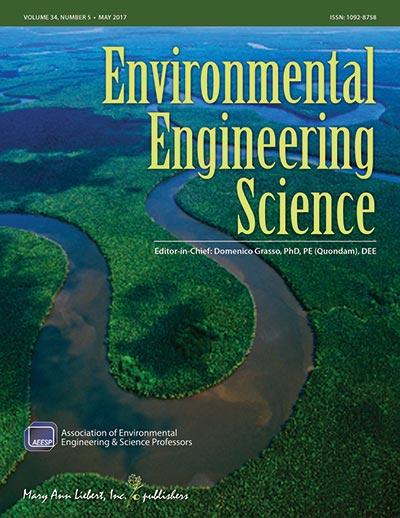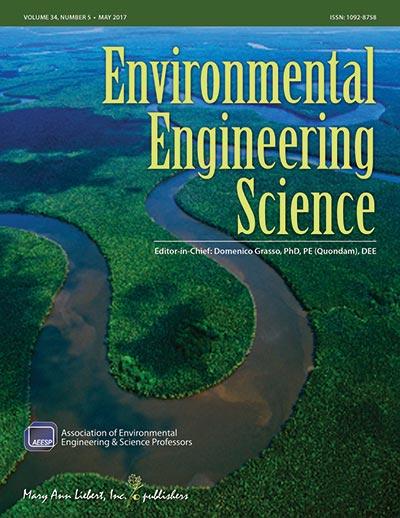
Credit: Mary Ann Liebert, Inc., publishers
New Rochelle, NY, Oct. 3, 2017 — A new study has shown that the titanium dioxide (TiO2) frequently used in foods, coatings, pigments, and paints that is ingested can affect both the types of bacteria present in the human gut and the pH of the colon. The physical and chemical properties of two forms of TiO2 studied appear to produce different microbial responses, according to an article published in Environmental Engineering Science, a peer-reviewed journal from Mary Ann Liebert, Inc., publishers. The article is available free on the Environmental Engineering Science website until November 3, 2017.
In the article entitled "Food and Industrial Grade Titanium Dioxide Impacts Gut Microbiota ," coauthors Travis Waller, Chen Chen, and Sharon Walker, University of California, Riverside, report results of studies in which they exposed a laboratory model of the human colon to either food- or industrial-grade TiO2 particles. The researchers looked for changes in the human gut microbiota and, in particular, differing affects on the microbial community structure, phenotype, and cellular function as evidenced by the bacteria's ability to degrade various substances.
"As we increasingly use technology to improve our lifestyles, we must consider associated consequences that may not have been foreseen. This important paper explores some of the impacts of widespread use of TiO2 in food and other engineered products that may find their way into our digestive systems. Waller et al. show that TiO2 that finds its way into our gut may not be without ramifications," says Domenico Grasso, PhD, Editor-in-Chief of Environmental Engineering Science and Provost, University of Delaware, Newark.
###
About the Journal
Environmental Engineering Science, the official journal of the Association of Environmental Engineering & Science Professors, is an authoritative peer-reviewed journal published monthly online with open access options. Publishing state-of-the-art studies of innovative solutions to problems in air, water, and land contamination and waste disposal, the Journal features applications of environmental engineering and scientific discoveries, policy issues, environmental economics, and sustainable development including climate change, complex and adaptive systems, contaminant fate and transport, environmental risk assessment and management, green technologies, industrial ecology, environmental policy, and energy and the environment. Tables of content and a sample issue may be viewed on the Environmental Engineering Science website.
About the Publisher
Mary Ann Liebert, Inc. is a privately held, fully integrated media company known for establishing authoritative peer-reviewed journals in many promising areas of science, medicine, and law, including Industrial Biotechnology, Sustainability: The Journal of Record, and Environmental Justice. Its biotechnology trade magazine, GEN (Genetic Engineering & Biotechnology News), was the first in its field and is today the industry's most widely read publication worldwide. A complete list of the firm's 80 journals, books, and newsmagazines is available on the Mary Ann Liebert, Inc., publishers website.
About the Association
The Association of Environmental Engineering and Science Professors (AEESP) comprises faculty members in academic programs throughout the world who provide education in the sciences and technologies of environmental protection. The mission of AEESP is to assist its members in the development and dissemination of knowledge in environmental engineering and science. AEESP seeks to strengthen and advance the discipline of environmental science and engineering by providing leadership, promoting cooperation amongst academics and others within and outside the discipline, and serving as a liaison between its membership and other professional societies, governmental agencies, industry and nonprofit organizations.
Media Contact
Kathryn Ryan
[email protected]
914-740-2250
@LiebertPub
http://www.liebertpub.com
Original Source
http://www.liebertpub.com/global/pressrelease/does-the-titanium-dioxide-in-food-and-nanomaterials-affect-the-gut-microbiome/2265/ http://dx.doi.org/10.1089/ees.2016.0364





